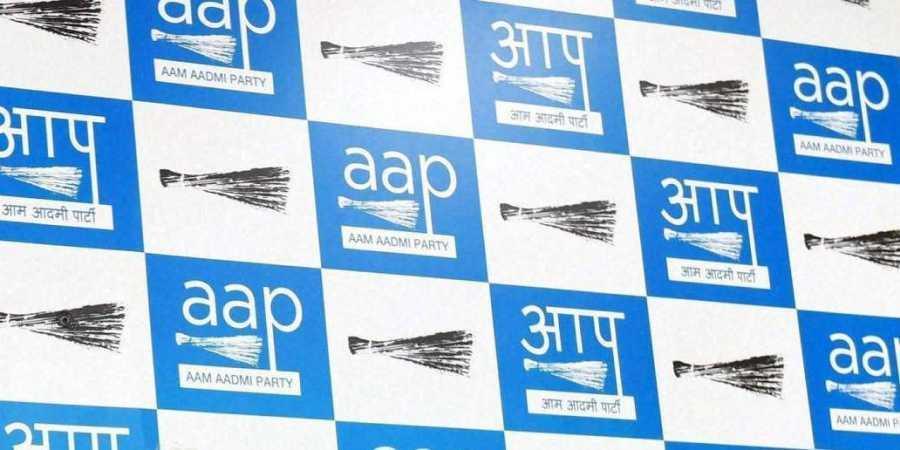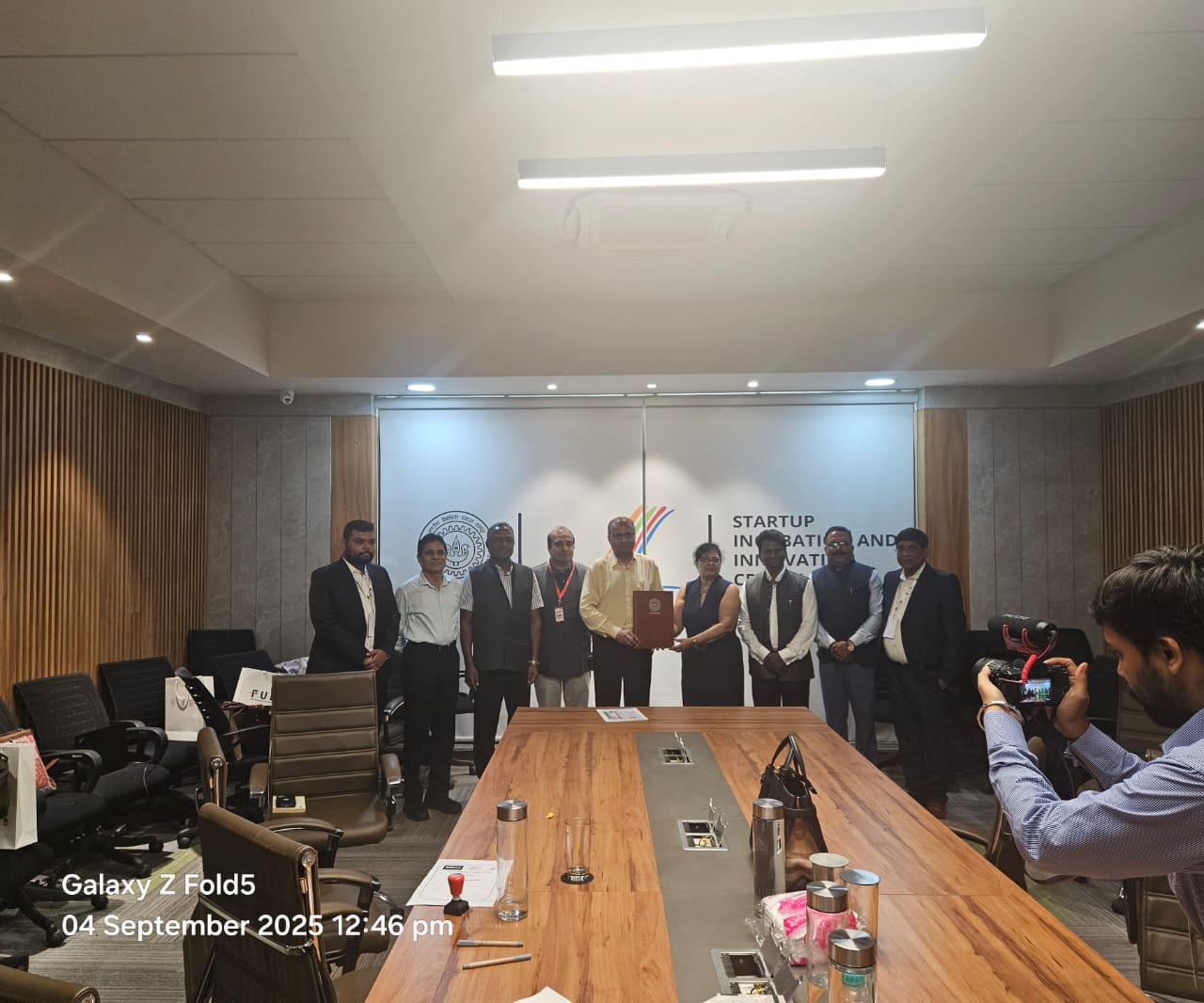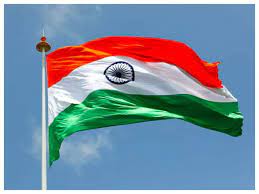The State of Delhi stands out for all the ills plaguing the politics of freebies across the country, for many people have been deprived of basic amenities
To speak against the distribution of freebies, of course, will attract the wrath of those who benefit from them. That is if we say that electricity, water, and travel should not be made free or that television sets or other types of temptations by political parties are wrong and they should end, then it is possible that people are unaware of the possible consequences of announcements of such freebies may not like it.
After Independence, the emphasis has generally been on development, poverty alleviation, better social services, drinking water, road, rail, etc. But now some political parties have started making promises to provide electricity, water, transport, television sets and even mangalsutra, all for free, despite the poor economic conditions of the states.
The result of such freebies is that states are coming under huge debts and the quality of public services is the major victim. Significantly, Delhi is a prosperous region of the country. The per capita income here is the second highest in the country, after Goa. Due to this, the revenue of Delhi is also very high.
A large number of migrants also live in Delhi, who have migrated from other states in search of employment. Their economic conditions are not so good, which can be gauged from the fact that a large number of people had to leave for their villages, as soon as the lockdown was imposed due to the pandemic. The sight of a large number of migrants going on foot, on bicycles, or in buses, with just one bag, still haunts us. Most of the migrant labourers are daily wage earners or engaged in micro businesses. A large number of them live in horrible conditions, where even basic facilities are lacking.
In such a situation, there is usually no question of their families joining them. The number of such migrant labourers in Delhi is not less than 50 lakhs. The laborers who bring their families with them are living in very pathetic conditions in Delhi. Schools, colleges and other educational institutions are needed for them and their families.
There is also a need for a better sewerage system and good health facilities. Roads, flyovers, etc., are also needed for their movements. But all these works require huge expenditure. It is seen that due to a lack of funds, Arvind Kejriwal’s Aam Aadmi Party (AAP) government in Delhi is not able to provide a budget for development and maintenance.
After assuming power in 2015, to date, the AAP-led Delhi government has not been able to build any new school, college, hospital, flyover, etc. In such a situation, the plight of the poor can be easily imagined. The roads, water and sewage system are also not being taken care of properly. Lack of finances is the main reason for this. It is not that the revenue of Delhi is deficient. The fact is that the per capita revenue in Delhi is much higher than in the rest of India and is increasing continuously.
The total revenue of Delhi for 2021-22 is estimated at `53,070 crore, which is 3 percent of the revenue of all the states. In 2019-20 it was `47,136 crore and in 2014-15, it was only `29,584 crore.
But along with this increased revenue, the expenditure on free electricity, water, and transport of the Delhi government is increasing. The expenditure on free electricity was `1639 crore in 2015-16, which increased to `2968 crore in 2021-22. The Power Department has demanded `3200 crore from the Delhi government for this power subsidy for 2022-23. That is, it can be understood that the burden on the budget is increasing in the name of making electricity free by the Delhi government and it has almost doubled between 2015-16 and 2022-23. With huge spending on free electricity, water and transport, there is always a shortage of funds for essential civic amenities.
As a result of the exercise of the Delhi Government towards reducing water bills to zero, both the deficit and debt of the Delhi Jal Board are mounting. In the first three years of the Kejriwal government, the loss of the Delhi Jal Board tripled from `220.19 crores in 2015-16 to `663 crores in 2018-19.
According to the CAG report, in 1998-99, `26,620 crore was lent to the Delhi Jal Board, out of which only `351 crore was returned and till March 31, 2018, `26,269 crore was outstanding. Meanwhile, the Delhi government has given `41,000 crore as loans to Delhi Jal Board in the last five years. The deteriorating conditions of Delhi Jal Board can be gauged from the slow pace of its development works and poor water system. It is believed that the financial conditions of the Delhi Jal Board have become very bad due to the Delhi government and the free water policy.
The slow pace in water connection in unregulated colonies by the Delhi Jal Board and poor conditions of the sewer system is primarily because of the poor financial health of Delhi Jal Board. The opposition parties have also been making allegations of alleged corruption in the Delhi Jal Board.
Apart from this, free travel for women in Delhi Transport Corporation buses is yet another freebies scheme run by the Delhi government. Thousands of crores of rupees are lost by the government through freebies. It is natural that due to the limited resources, this freebies policy puts pressure on the government finances and many essential expenditures are sacrificed.
At present, the AAP, which is in power, promised in its election manifesto in the year 2015, about opening 20 new colleges in Delhi, providing free Wi-Fi, building 20000 public toilets, constituting a women security force, installation of three lakh CCTV cameras, expansion of health facilities, among others.
There were 69 such promises, including the creation of eight lakh jobs, and skill training of one lakh youth every year by Delhi Skill Mission, which either remained mere promises or which progress was very slow. It may be noted that prior to AAP government, for 15 years between 1999-2000 and 2014-15, growth in capital expenditure was 19.6 percent per annum (an increase from ` 510.5 crores to `7430 crores), which declined to hardly 9.2 percent in the first five years of the AAP government (increase from `7430 crores to hardly `11549 crores). It can be easily understood that the main reason behind the stalling of Delhi’s development was a lack of resources, as more and more resources are being used for giving freebies.
If it is said that these freebies schemes are targeted at the poor, then it will not be right. In 2021-22, in Delhi, where per capita income at current prices was `401,982 per year, out of 54.5 lakh electricity consumers, 43.2 lakh people are being provided electricity either free of cost or at half price. A big chunk of those, who can easily pay for electricity, are also being given electricity free. The facilities are being badly affected and the debt on the government is increasing, so it cannot be justified.
Not only this, 20,000 liters of water per month is also being provided free of cost to 5.3 lakh households.
(The author Ashwani Mahajan is a Professor, at the Department of Economics, DAV College)








 OpinionExpress.In
OpinionExpress.In















Comments (0)